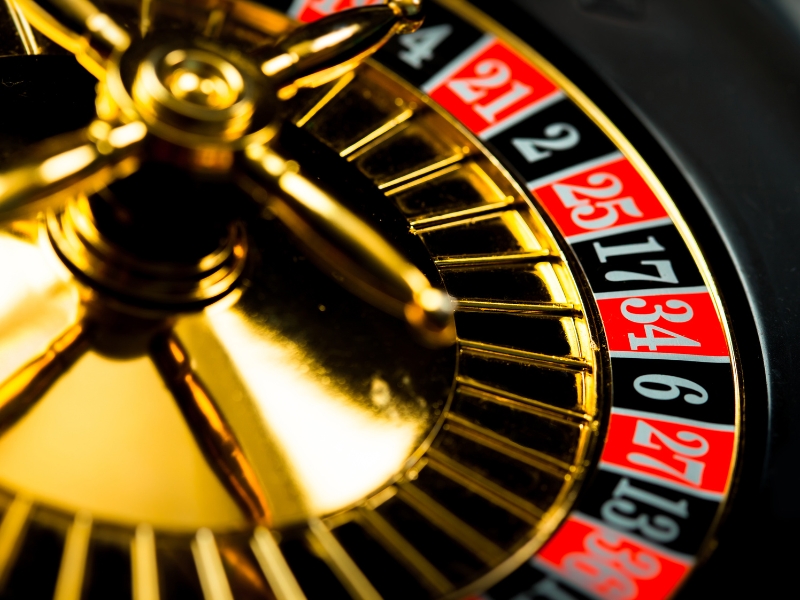What is a Win, Place, and Show Bet in Horse Racing Bet?
Horse racing is a sport that has existed for hundreds of years, and it has never shown any signs of slowing down for betting lovers. Since it was conceived, horse racing has attracted the curiosity of the audience, and people always want to make personal predictions about the horse that will finish first when watching dramatic races. However, the complicated terminology can sometimes frustrate gamblers who are new to the sport and want to try their luck with it.
So, in today's article, we're going to help you learn about one of the most popular and simplest bets in horse racing. It's called Win, Place, and Show Bet. This form of betting allows you to focus on only one horse on the track. So, if you are not an expert on horse racing, it is a perfect place to start.
If you are wondering what a professional horse racing bettor will do to make a lot of money, exotic wagers will be the answer you need. This form will include many different variations. For example, you can correctly predict the first two, three, or four horses to reach the finish line. However, the risk of this type of bet is huge because so many variables can cause you to lose your bet. In case you want to dig deeper into exotic wagers, you can refer to the article on our website.
What is a Win, Place, and Show Bet in Horse Racing Bet?

When it comes to the most basic of horse racing bets, the Win, Place, and Show bet is a go-to for newcomers to horse racing betting. This approach involves three different bets, but they all target a single horse on the track. So let's take a look at them one by one to understand how they work at their most basic level.
- Win: You win if your horse finishes first in the official finish order.
- Place: You win if your horse finishes first or second in the official finish order.
- Show: You win if your horse finishes first, second, or third in the official finish order.
You will probably overlook this, but the phrase "official order of finish" is an important one to consider. The horse race results are usually released by the organizers immediately after the race is over. However, that is not true in all cases. If the referee detects any fouls or illegal behavior during the race, the horses involved will be disqualified, and the order of the finish will be changed. So keep in mind that the outcome of your horse racing bet is solely dependent on the "official order of finish", rather than what you see when the race has just ended.
Also, the minimum bet for any Win, Place, and Show bet is set at $2. It is a standard limitation, and you will encounter it on most online betting sites these days. However, that's just the bare minimum, and placing more bets can lead to more attractive payouts.
Discover the Odds for Win, Place, and Show Wagers
Horse Racing is different from other sports in that the odds are not fixed before the race starts. Instead, it depends on how other bettors bet on the race. This method is called pari-mutuel, and it is quite common in the horse racing industry in general.
This method will be implemented as follows. First, the sportsbook will aggregate all bets of bettors into one pool, say $1,200. The race organizer will then take out a portion of it as the sportsbook's profit, say $200. At this point, there is $1,000 left in the pool, and this will be divided by the bet amount for each horse participating in the race to form the odds for each horse.
For example, let's consider a typical horse race involving eight horses. A player's total bet on these horses might look something like this:
| #1: $100 | #5: $200 |
| #2: $400 | #6: $50 |
| #3: $100 | #7: $100 |
| #4: $50 | #8: $200 |
Let's take horse number 1 as an example. The total bet on it is $100, while in the pool, there is $1,000. At this point, the organizer will divide $100 by $1,000 to calculate the odds for horse number 1. As a result, the player will receive $10 in return for betting $1, including the bet amount. Therefore, the odds for this horse will be officially decided as 1 to 9.
For the other horses, you can do the same calculations to find out their odds. According to the table above, horse number 2 seems to be dominating the other competitors before the race starts, when its odds are calculated as 400/1000 equal to 2 to 5, and the real profit will be subtracted from your initial stake which will be 2 to 3 for your pure profit. That is a safe number for those who bet on this horse.
That's how sportsbooks calculate odds for Win bets. For Place and Show bets, the calculation is completely similar. However, the odds of these bets are not usually displayed at online sportsbooks on their odds tables. In this case, you can rely on the pool situation at the race you follow to estimate the odds for these two types of bets. Usually, Place bets, with the same horse, will give a little less profit than Win bets. Similarly, Show bets, with the same horse, will yield slightly less than Place bets.
What are the payout rates of Win, Place, and Show bets?
The official results of the bets will be decided after the official announcement of the horse race results. They will be shown on the paytable, and you can see how much you can expect to win with one of the three bets you have chosen. For example, as follows:
| Order of Finish | Win | Place | Show |
| 1 - Lucky | 5.0 | 3.5 | 2.5 |
| 2 - Star | 4.0 | 3.0 | |
| 3 - Rider | 4.0 |
If you bet on the Lucky horse to win, you will earn $5 with a minimum bet is $2. However, if you increase your bet ten times, say $20, your winnings will also be multiplied ten times. Then you will earn $50.
However, be aware that your winnings already include the stake. So, in order to calculate the net profit you have made after winning the bet, you need to add a simple subtraction. According to the example above, you bet $20 and won $50. Then, the accurate amount that you earn after finishing the race will be $30 ($50 minus $20).
In addition, there is another important note to keep in mind: even if your horse finishes first and satisfies both the Place and Show bet conditions, you will still only receive the payout from the Win bet if that is your only betting option before the race starts. So, think carefully and evaluate the situation before choosing the type of bet you want.
How to Place a Win, Place, and Show Bet

Whether you are betting on horse racing at a land-based racecourse or doing it through an online sportsbook, you need to be sure of the following factors to ensure that your bets are set up to your liking.
- The track that you'll be betting
- The race that you'll be betting
- The number of the horses that you'll be betting
- The amount of money that you'll be betting
- The types of horse racing bets you'll be making
Specifically, a horse racing bet will look like this if all fields are filled:
"Florence Race 4, the player wants to bet $20 to win on the #5 horse."
The above bet has fully identified its essential information, such as the track (Florence), the race (Race 5), the horse (#5), the amount of bet ($20), and the type of bet (Win bet).
Betting on horse racing at online sportsbooks is similar to seeing the dealer face-to-face and asking for a bet ticket to be printed. Both of these processes require the explicit information mentioned above. However, the process of placing bets online will make things more convenient, and you will also be less likely to confuse bets, as you will need to do a lot of navigation before the ticket is officially published. But anyway, you always need to double-check your bets before the race starts to avoid unnecessary confusion.
Simple Strategies for Win, Place, and Show Wagering
Assuming you have been interested in Win, Place, and Show bets after reading this far and want to start your betting process through it, you can refer to some of the most basic strategies that bonus players use when playing this type of bet. These include Across the Board, Favorites, and Longshots. Each of them will come with different pros and cons, so learn about them before deciding which strategy is suitable for you.
Across the Board
If you remember the example we mentioned that you would only be paid for the specific bet you make, which means if you bet a horse to win and it wins, you won't get the payouts for Place and Show bets, then this strategy will solve this problem.
Theoretically, the Across the Board bet allows you to combine three types of bets, Win, Place, and Show, of a horse, into a single bet. It works pretty much like parlay bets in sports matches. To make this bet, you will have to place a minimum of $2 on all outcomes, resulting in the minimum bet for this bet type being $6. Now, let's look back at our example above to understand it better.
| Order of Finish | Win | Place | Show |
| 1 - Lucky | 5.0 | 3.5 | 2.5 |
| 2 - Star | 4.0 | 3.0 | |
| 3 - Rider | 4.0 |
If you make an Across the Board bet on the Lucky horse with an amount of $6, your winnings will be $5.0 plus $3.5 plus $2.50. Similarly, you will win $4.0 plus $3.0 if you bet on Star, and Rider will pay you $4.0.
This strategy allows you to have a higher chance of winning when you are betting on multiple possibilities. However, it comes with larger bets than usual. So, consider and calculate the suitable options based on the odds table at the horse race of your choice to come up with the most optimal option.
Favorites
For horse racing, the horse that stands out from the rest before the race starts is called the favorite. Betting on favorites is a safe choice for most horse racing bettors because it has the highest winning potential. However, the winnings from this approach are often unimpressive, of course.
For example, if you bet $2 on the favorite horse in a race to win or place, it will only bring you $2.50 or less. As a result, after a fierce race, you will only earn a few cents.
In order to improve profits using this method, many people will significantly increase their bets. For example, a player would bet on the favorite horse in a similar way but with an amount of $2,000. Then he can earn from $100 to $500 after the race is over.
This strategy sounds quite appealing when the winnings are really impressive, and the odds of winning are high. However, be aware that the player has risked an enormous amount of money to bet. So, on an extremely unlucky day, the favorite horse can completely crash on the track and not be able to finish it. The player would then lose all of the $2,000 he had bet, a loss that could erase all the money he had previously earned thanks to this strategy.
Longshots
The opposite of trusting the favorite horse is to bet on other horses, with a lower probability of winning. This tactic is called Longshot. Of course, the longshots come with the potential of a big win with small bets. However, they come with significant risk, as it is quite rare for a common horse to defeat the favorite horse. Even so, rarely does not mean impossible.
The most common confusion among horse racing bettors is between Favorites and Longshots. So, in order to find the best option for you, you need to clearly define the type of risk you want to accept and the type of reward you want to achieve. Then, you'll know what to do with the money you spend on the races.
Conclusion
Betting on horse racing is a complicated subject as newcomers need to understand many specific concepts before entering fierce races. However, it is not a battle only between experts. Therefore, if you are patient enough to learn its most basic elements, such as Win, Place, and Show bets, you will find your space in the competitive world of the fastest horses.

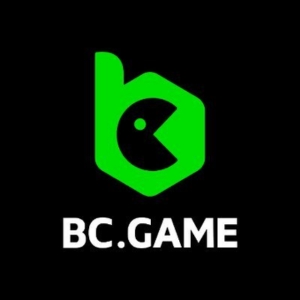

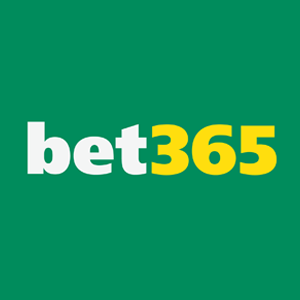

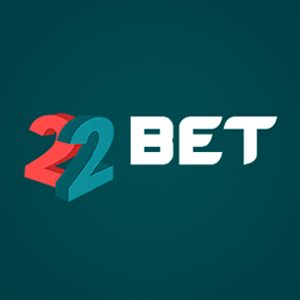
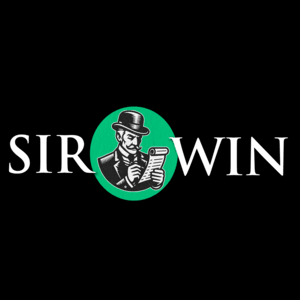






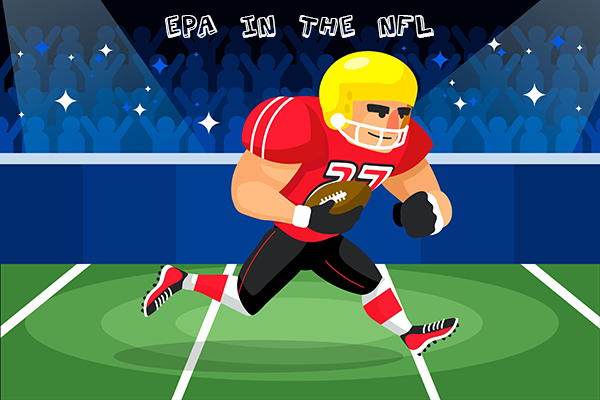
.png)
.jpg)





